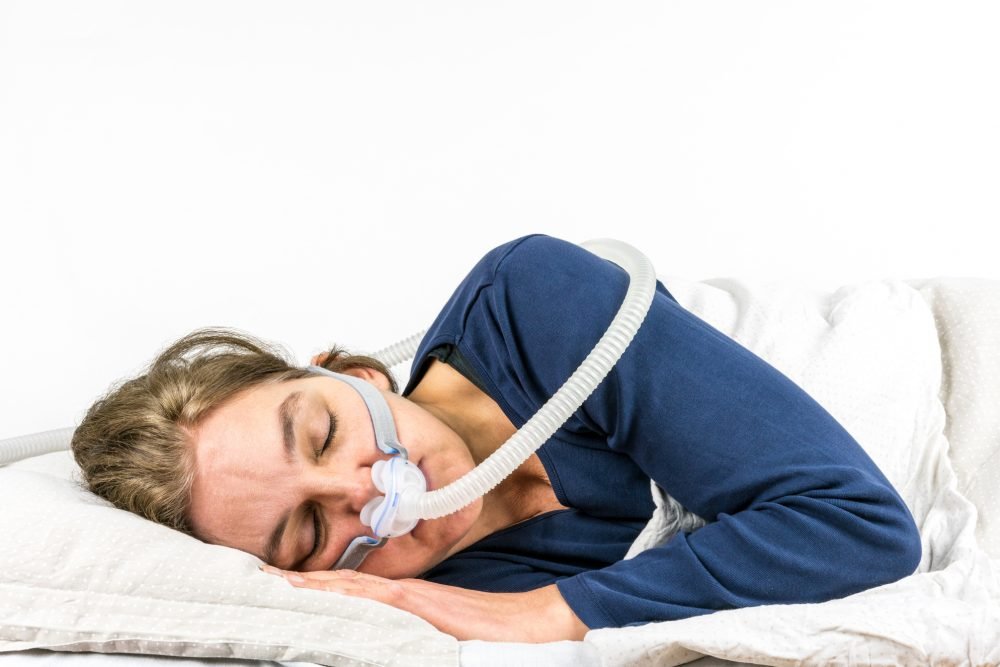Advertisment
Sleep apnea accelerates aging, but treatment may reverse it

Obstructive sleep apnea (OSA) affects 22 million people in the U.S. and is linked to a higher risk of hypertension, heart attacks, stroke, diabetes and many other chronic conditions. But now researchers from the University of Missouri School of Medicine have found that untreated OSA also accelerates the biological aging process and that appropriate treatment can slow or possibly reverse the trend.
Age acceleration testing involves a blood test that analyzes DNA and uses an algorithm to measure a person’s biological age. The phenomenon of a person’s biological age surpassing their chronological age is called “epigenetic age acceleration,” and is linked to overall mortality and to chronic diseases.
“Age acceleration isn’t unique to OSA — it can be caused by a variety of environmental factors like smoking, poor diet or pollution,” said Rene Cortese, PhD, assistant professor in the Department of Child Health and the Department of Obstetrics, Gynecology and Women’s Health. “In Western culture, it’s not uncommon for people to experience epigenetic age acceleration, but we wanted to know how OSA affects systemic age acceleration compared to those who don’t suffer from this condition.”
Cortese’s team studied 16 adult nonsmokers who were diagnosed with OSA and compared them to eight control subjects without the condition to assess the impact of OSA on epigenetic age acceleration over a one-year period. After a baseline blood test, the OSA group received continuous positive airway pressure (CPAP) treatment for one year before being tested again.
“Our results found that OSA-induced sleep disruptions and lower oxygen levels during sleep promoted faster biological age acceleration compared to the control group,” Cortese said. “However, the OSA patients who adhered to CPAP showed a deceleration of the epigenetic age, while the age acceleration trends did not change for the control group. Our results suggest that biological age acceleration is at least partially reversible when effective treatment of OSA is implemented.”
Cortese said the key to CPAP’s success in slowing age acceleration is strong adherence to using the device for at least four hours per night. It’s not clear how age acceleration will affect clinical outcomes and how it applies to other risk groups or children with OSA.
“Since children with OSA are treated differently from adults, this research raises a lot of questions,” Cortese said. “We need to learn more about the mechanisms and the biology behind these findings. It’s very exciting and thought-provoking research.”
In addition to Cortese, the study authors include MU colleagues Leila Kheirandish-Gozal, MD, director of the Child Health Research Institute; and David Gozal, MD, the Marie M. and Harry L. Smith Endowed Chair of Child Health.
Their study, “Epigenetic Age Accelration in Obstructive Sleep Apnea is Reversible with Adherent Treatment,” was recently published in the European Respiratory Journal.
This work was partially supported by grants from the National Institutes of Health, Tier 2 and TRIUMPH grants from the University of Missouri, and a Leda J. Sears Charitable Trust grant. The authors disclose no conflicts of interest.
JOURNAL
European Respiratory Journal
DOI
10.1183/13993003.03042-2021





